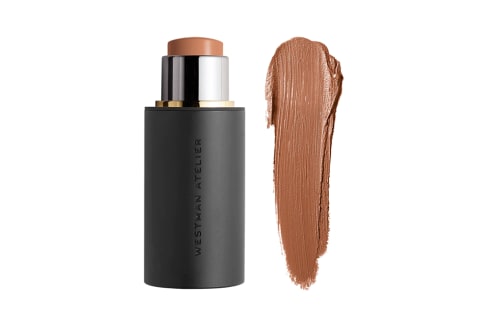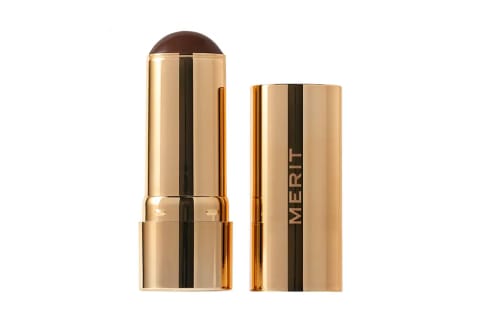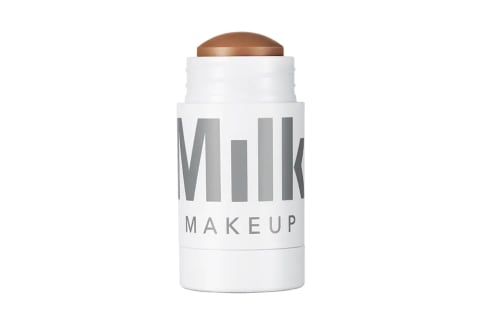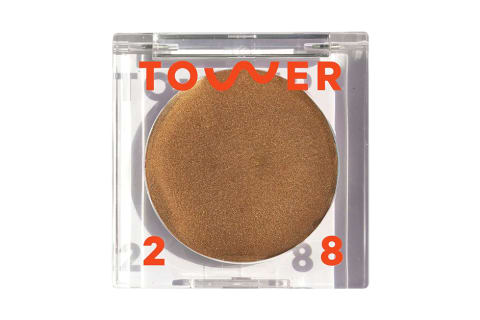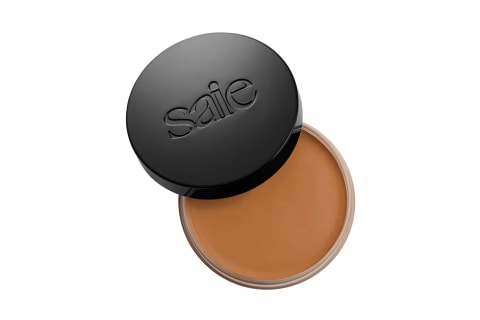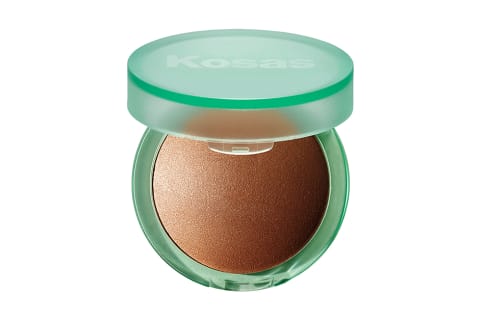However, using contour can be confusing, especially when it comes to picking the right product. What’s more, it’s very similar to another makeup staple you probably already own: bronzer. To follow, the difference between bronzer and contour, how to use them, and what to look for in your next purchase. Let’s dive in. Your skin’s natural undertones will of course affect just how warm and cool these are. For example, if you have naturally cool undertones, you may need just a slightly warmed-up bronzer—anything too warm may look orange on the skin. Or if you naturally have warm undertones, you’ll need a contour that has some as well or it may look too flat. “If you have more dry skin, I would recommend using a cream bronzer,” she notes. If your skin is on the oily side, then a powder formula might be better—especially for long wear. If your skin tends to run right down the middle, Gilleo recommends a combination. “I personally love cream to contour and powder to bronze,” she explains. And if you’re not sure what your skin type is, this quiz will help you out. If you’re torn, opt for Greenberg’s advice from above—select a cool-toned contour and a warmer bronzer to get the best of both worlds. Below, a few A+ clean formulas for each—and to follow, step-by-step instructions on how to use your products. If you’re using a cream product, then a blending brush or sponge will do. For powder, stick with a contour brush designed for powder products to blend. “Always blend upward to really get that sculpted look,” Greenberg notes. If you want your chin to look a bit more defined, “You should focus on the jawline and make sure to contour just below the chin,” Greenberg says. Be sure to blend down into the neck to avoid harsh lines. And finally—if you want to elongate your face, then apply contour on the top sides of your forehead near your hairline, but avoid the top center. If you want to shorten the face, then swipe the contour on the top of your forehead in an upside-down “U” shape. This was a very, very brief overview—here’s a full guide if you want to dive deeper into this step. You can apply bronzer to anywhere the sun would naturally hit your face—think top of the forehead, the cheekbones, the tip of the chin, the bridge of the nose, etc. You may be thinking these spots are similar spots as the contour application placements above; however, contour is more about mimicking shadows—this is about reflecting light and warmth. As professional makeup artist Asta Jurake shows in this Instagram tutorial, you can be a bit more generous with your bronzer. While contour should be blended carefully and kept in certain areas, bronzer can be more widespread. You can technically apply bronzer and contour at the same time and then blend them in (similar to the method of underpainting). However, it may be easier to gauge how much bronzer you truly need after blending in the contour. And if this is all too much and you’re simply looking for a vacation-esque glow, then you can add a pump of liquid bronzer to your foundation for an easy boost—the Saie Beauty Glowy Super Gel in Sunglow is perfect for this step. If a summery glow is more your vibe, then bronzer will be your best friend. You can toss in contour when you’re looking for more facial definition or feel like going the extra mile for whatever reason. On the flip side, if you’re looking to keep your cheekbones or chin snatched on the daily, then contour may take up a spot in your makeup essentials lineup. While these rules and guidelines are helpful for basic makeup how-to’s, it’s important to remember that you know your face and skin better than anyone else, so pick products that make you feel good—and use them however you see fit.


